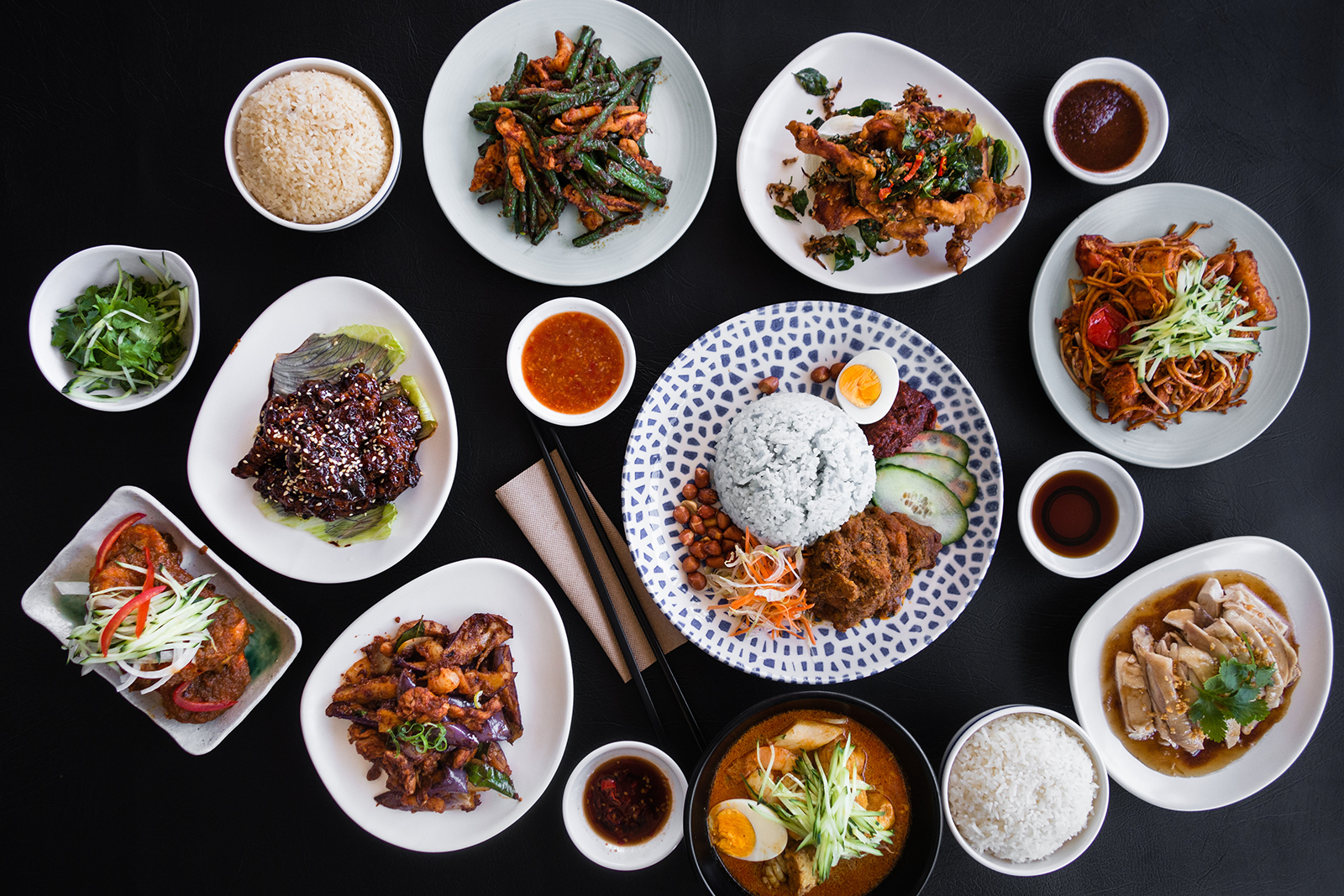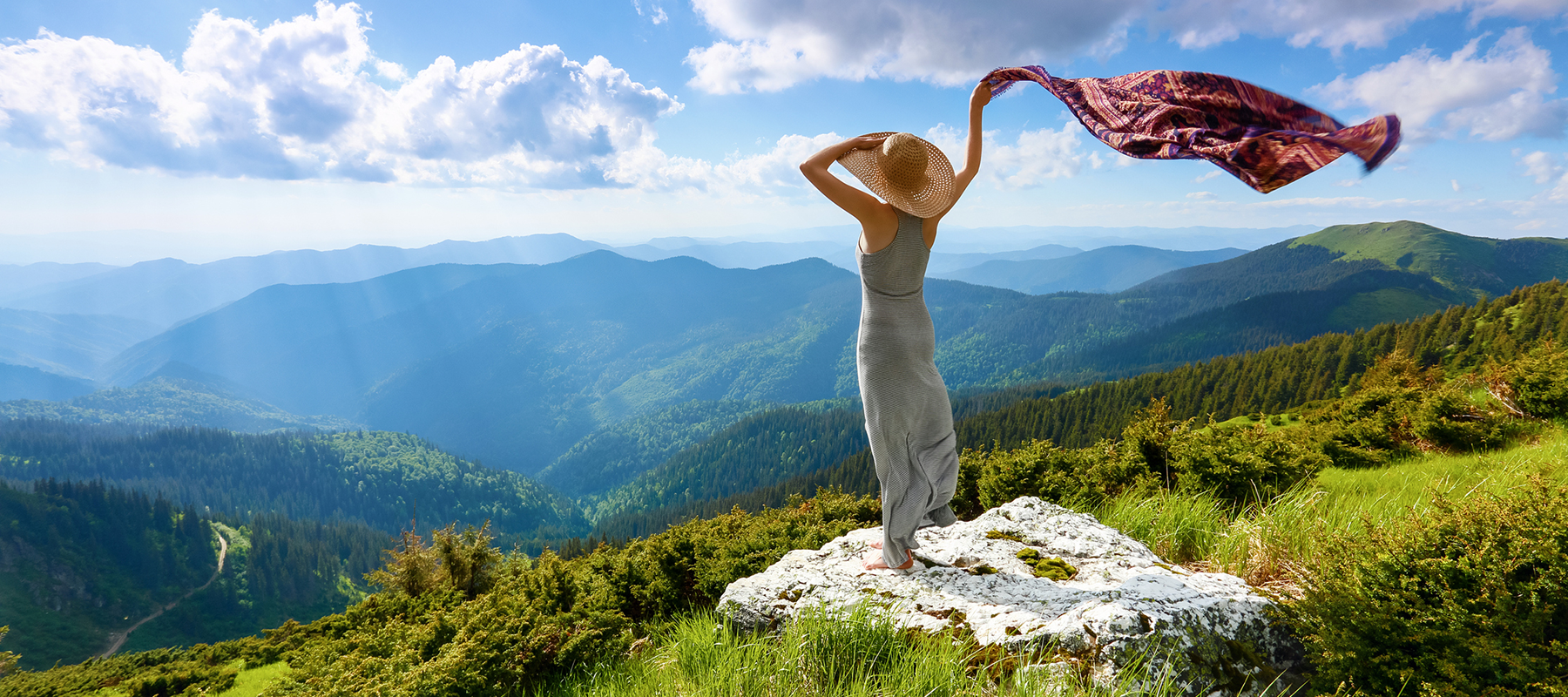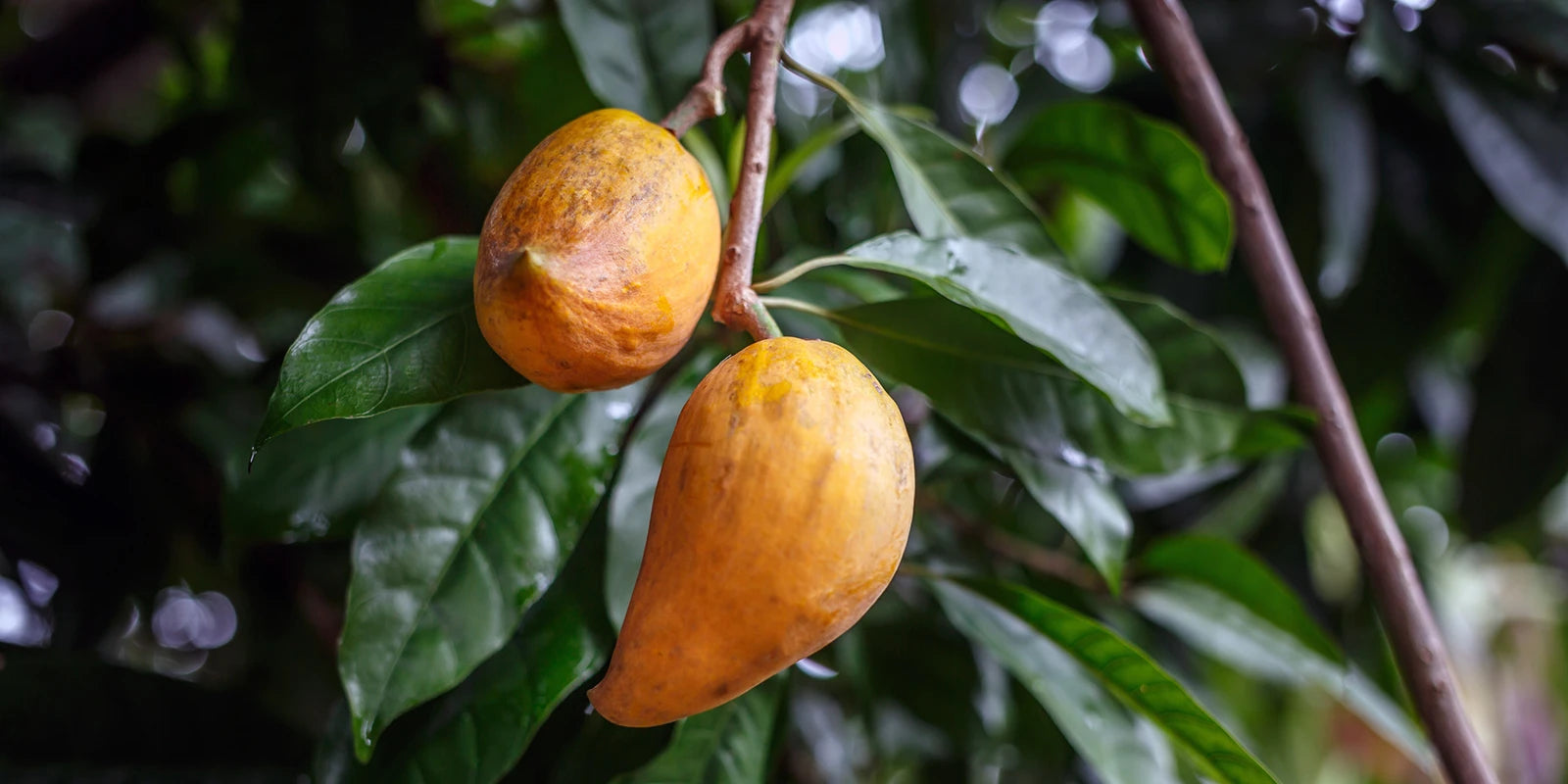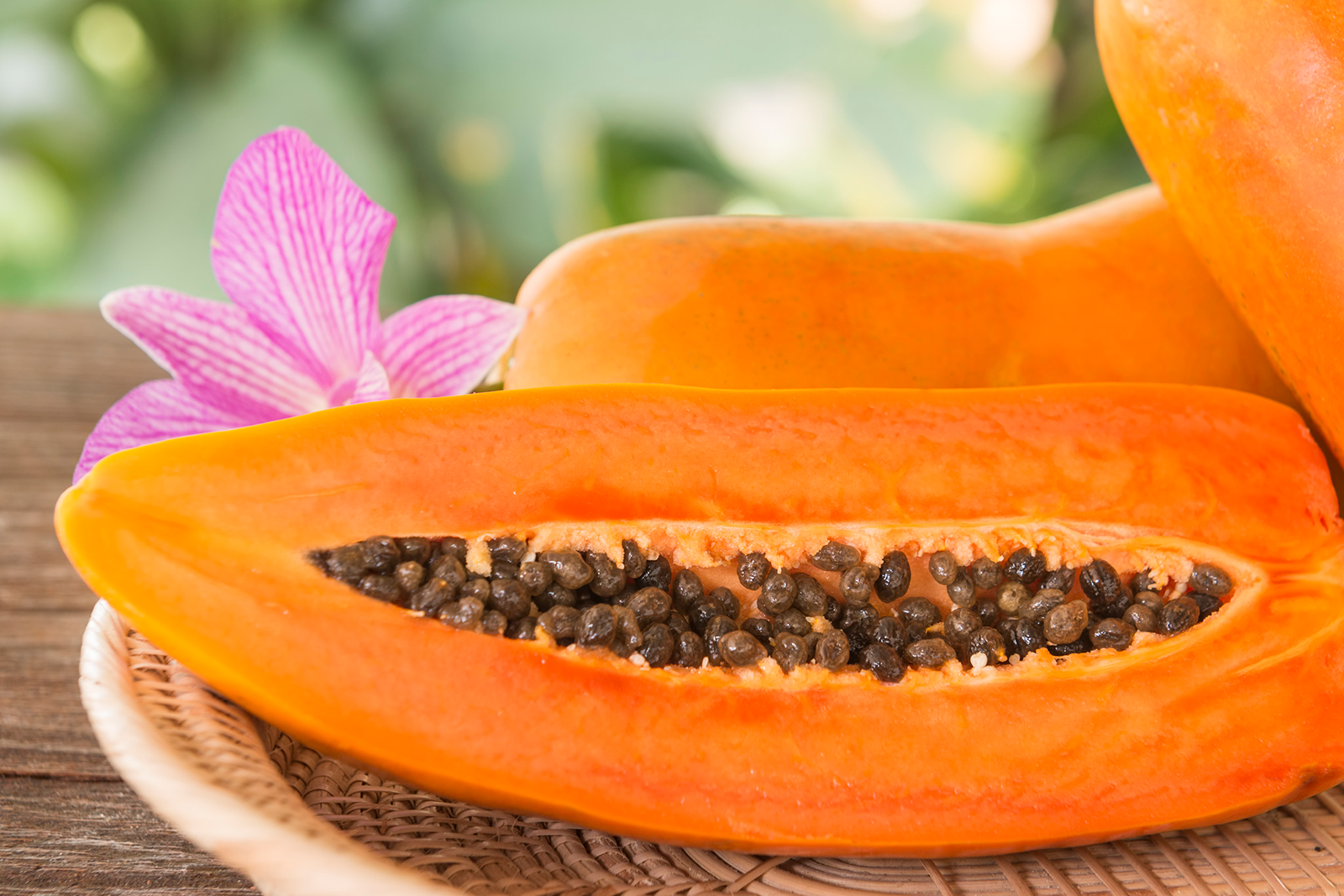Cooking Tamarind
Tamarind (Tamarindus Indica)
The tamarind tree is native to Asia and Africa, but it also grows in tropical climates around the world. It produces pods of fruit that taste sweet and sour when ripe and even more sour when unripe or dried.
India and Thailand produce the most tamarind, and it holds a prominent place in their cooking. But it's a staple ingredient in other Asian cuisines, too. You'll also find it in African and Middle Eastern cooking.
The sticky pulp of the brown pods of tamarind has a sweet and sour flavor. It provides tang and acidity to entrees such as pad Thai and chutneys, desserts, beverages, syrups, sauces, and candy. It is a low-glycemic fruit with many beneficial micronutrients, making it a nutritious whole food ingredient.
Tamarind is a great source of B vitamins and vitamin C, and is a potassium-rich fruit. Raw tamarind pulp provides carbohydrates and fiber, and minimal amounts of fat and protein. We are so lucky to be able to grow this plant in New Zealand.
Whilst the perfect growing condition would be in the ground, they would make a happy indoor plants too if planted in a large pot, or train like a bonsai and receives a lot of love from you.
The cooking tamarind plant will be more hardy when they are established around 4 years, in which they may be alright growing fully in the outdoor if you live somewhere warm like the Northland area or if you have access to the greenhouse, you could grow this plant anywhere in NZ.
Plant is 1-2 years. Self Fertile. A healthy plant will shed leaves during cold season and reshoot when its warmer.
Plant Care
- Soil: Prefers deep loamy or sandy soils, well-drained, pH 6.0 to 7.5.
- Watering: Drought-tolerant but performs best with regular watering during the growing season.
- Temperature: Grows best between 25°C and 35°C.
- Light: Full sun is essential.
- Fertilising: Apply a balanced NPK fertilizer like 10-10-10 annually at the start of the rainy season.
- Pruning: Prune to remove dead branches and manage the canopy for better light penetration.
- Mulching: Use organic mulch to conserve soil moisture and add nutrients.
- Pest Control: Monitor for scale insects and mealybugs; manage with appropriate treatments.
- Flowering and Fruiting: Produces yellow flowers with red stripes; fruit pods mature in late spring to early summer.
- Potting: Not ideal for potting due to potential size.
- Feeding Regime: Moderate feeding with an NPK fertilizer, supplemented with organic matter.
We ship our plants and garden supplies throughout New Zealand. Due to the increased costs of shipping and packaging, we now apply a delivery charge. After offering free shipping for three consecutive years, we find it necessary to adjust this policy to align with current market conditions. However, we have lowered our prices to help offset this change.
Please note, we do not ship plants or garden supplies internationally from New Zealand. We do export plants and tissue culture materials from our overseas nursery, which requires a minimum order. Please contact us at hello@exoticanz.com to discuss your specific requirements.
Shipping (plants) from:
North Island Urban $25
North Island Rural $35
South Island Urban $25
South Island Rural $35
Shipping Garden Supplies:
North Island Urban $20
North Island Rural $25
South Island Urban $35
South Island Rural $45
Delivery
- Our plants are available for shipment from September to April, depending on stock levels. Typical delivery times range from 5 to 7 business days, although they can take up to 10 business days depending on the destination.
- We take extra care in packaging; most of our plants are secured in bespoke inserts and shipped in individual boxes to ensure they arrive undamaged.
- Deliveries are scheduled once a fortnight, typically on Monday. If you place your order over the weekend, we aim to dispatch your plants on the following Monday. This scheduling allows our team to prepare your order thoroughly and ensures the courier has sufficient time to deliver your plants safely, avoiding any unnecessary delays over the weekend.
- All orders are shipped via courier track and trace service (not signature required)
- We cannot deliver to PO Box addresses.
- If you have a rural address, please contact us beforehand to discuss the best delivery options and avoid any potential issues.
Additional Delivery Information
- Most plants are shipped with soil. During the cooler months, we closely monitor weather conditions and may temporarily delay shipments if the weather is particularly severe. Our packing process includes adding insulation when necessary to protect the plants against temperature extremes.
- In summer, we ensure that plants are thoroughly watered before they leave our nursery. Occasionally, we may need to ship plants bare-rooted, particularly when they cannot be comfortably re-potted into smaller packaging for shipping. We will always discuss this with you in advance if your plant needs to be shipped in this manner.
- It's important to note that shipping can be a stressful experience for plants, often due to spending several days in a dark, confined space. While most plants withstand this with little to no stress, some may experience leaf drop. However, they generally recover quickly with some additional care, including proper watering and gradual reintroduction to light after arrival.











